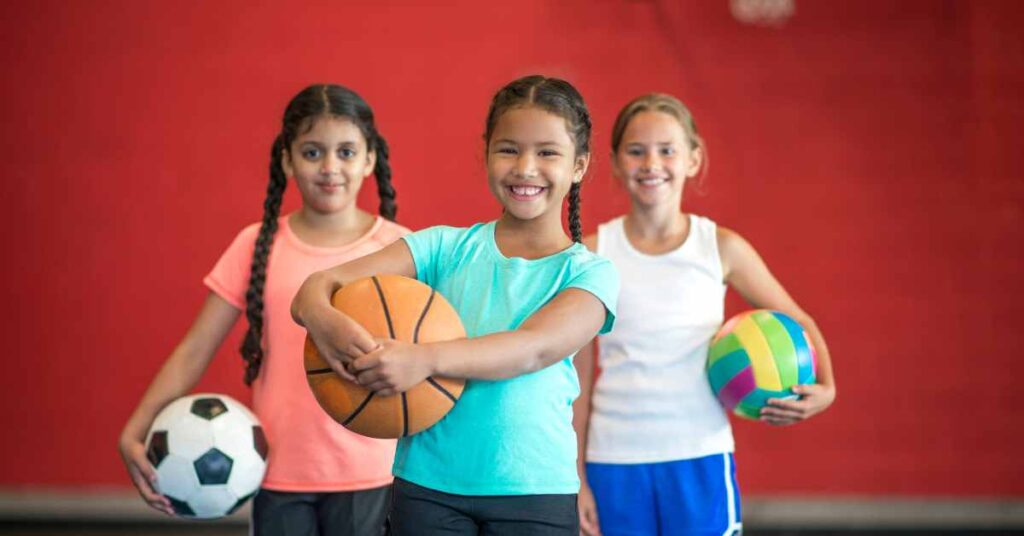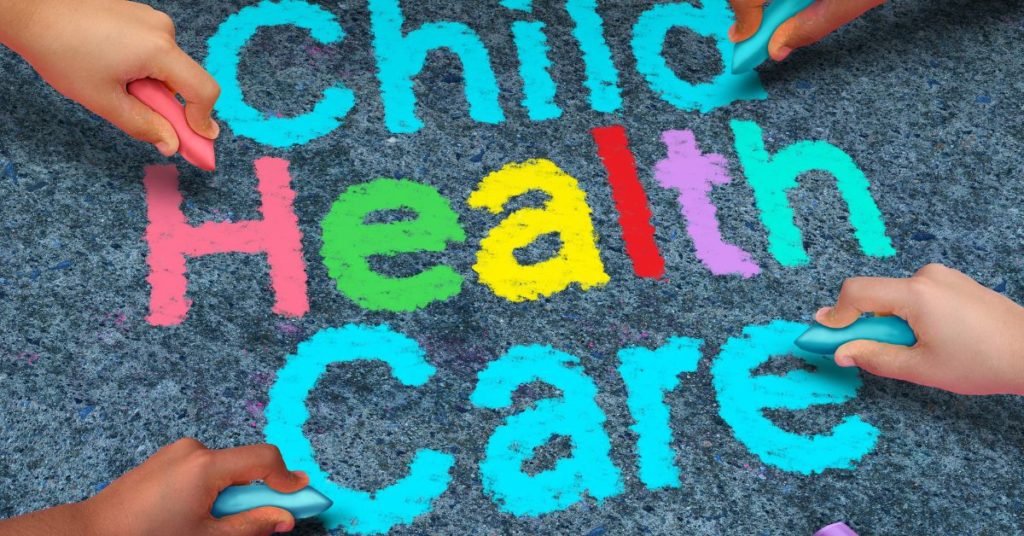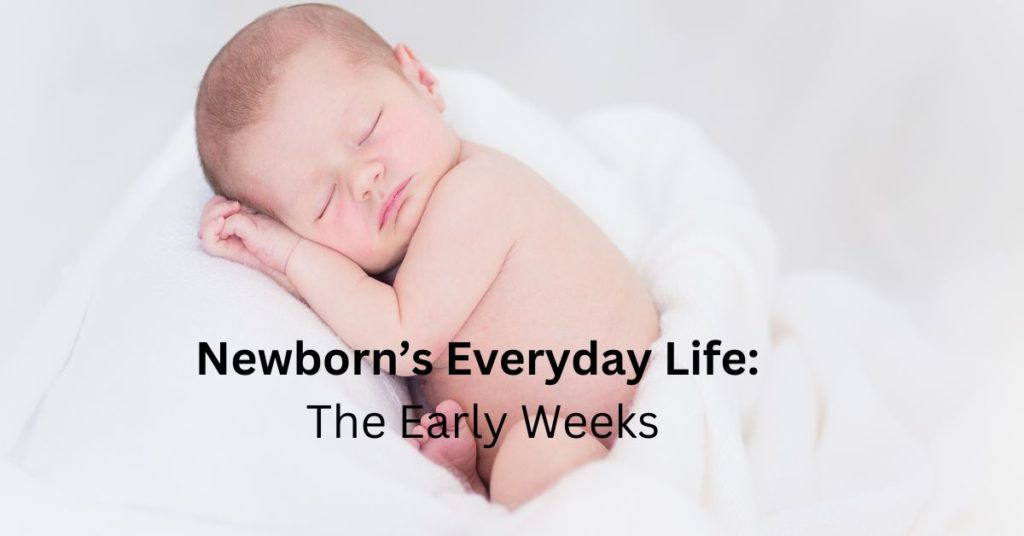As parents, we all want our children to be healthy and happy. However, sometimes our children may struggle with certain physical challenges that can impact their confidence and self-esteem. One common issue that parents may encounter is a “clumsy child.”
This article will discuss what parents need to know about clumsy children and how they can support their children.
Table of Contents

Introduction: “Clumsy Child”
First, it is essential to understand that clumsiness is a common developmental issue many children experience. Children are still developing their coordination and motor skills, making them more likely to trip, fall, or bump into things.
Some children may struggle with more severe coordination issues, making it difficult to perform specific tasks, such as catching a ball or tying their shoes.
If you are concerned that your child may have a coordination issue, it is essential to talk to your pediatrician. A pediatrician can assess your child’s development and determine if an underlying issue needs to be addressed. In some cases, your child may be referred to a specialist, such as a physical or occupational therapist, who can work with your child to improve their coordination skills.
As a parent, there are several things you can do to support your child if they are struggling with clumsiness:
- First, it is essential to be patient and understanding. Children who struggle with coordination may feel embarrassed or frustrated when they make mistakes, so it is essential to offer reassurance and support.
- Encourage your child to keep trying, even if they don’t succeed right away.
- You can also help your child by allowing them to practice their coordination skills. For example, you can play catch with your child or encourage them to ride a bike. These activities can help your child build coordination and confidence.
- It is also essential to create a safe and supportive environment for your child. Make sure that your home is free of clutter and hazards that could cause your child to trip or fall.
- You can also talk to your child’s teachers or coaches to make sure they are aware of your child’s coordination issues and can provide support and accommodations as needed.
- Finally, it is important to remember that clumsiness is a temporary issue for many children. As your child grows and develops, their coordination skills will improve. Your child can overcome clumsiness and thrive with patience, support, and practice.
Small children, while learning to walk, often fall – then get up and again go to explore the world. However, over time, walking on a flat surface becomes an easy task, and the child moves on to more difficult ones: slides, ladders, and master wheeled vehicles: bicycles, rollers, and skateboards. And here, too, can not do without falling.
With proper active development, the child conquers more and more heights while the acquired skills are fixed.
Clumsiness is a situation in which a child falls on a flat surface at a year and a half and at 5 years old, continues to stumble over curbs and tuck his legs on pebbles. Wheeled vehicles do not give in; everything falls out of hand, and every door threatens with a bruise.
Expecting that a child will someday outgrow this trouble is like hoping that, with age, he will start playing a musical instrument.
Clumsiness is a signal that the body is developing somehow different than it could.
What to do step by step?
The most often reason for clumsiness in children is Connective Tissue Dysplasia, which manifests itself as a violation of posture due to curvature of the spine and flat feet.
That is why,
Step 1: Check the signs of Connective Tissue Dysplasia (CTD). Take care of child’s posture
Imagine a racehorse: he sees well, his bones are strong, and he feels the movement of air with every receptor. It is all like an arrow and rushes, easily bypassing rivals on turns. Now imagine if this horse has… a curvature of the spine! How comfortable is he jumping on the track? One leg always takes a little to the side. The neck is twisted, the eye squints, and the jockey presses on the shoulder.
Suppose there are certain curvatures of the spine (scoliosis, kyphosis, deformation of the chest, et). In that case, the nervous system is forced to work non-stop to maintain at least some posture: to adjust the movement to the restrictions, to compensate for some distortions with others. The whole system is overloaded, and it is obviously not up to the development of dexterity.
In addition, with posture disorders, the nerves can be pinched to one degree or another, so the signal from the periphery (limbs) to the brain does not pass as accurately as we would like.
For example, one of the most common pathologies is the displacement of the first cervical vertebra due to a birth injury.
This is a very slight deformity, invisible to the eye, which can impair the transmission of the nerve signal from the spinal cord to the brain and reduce the quality of movement.
The more serious cause of clumsiness, which must be ruled out at the very beginning, is inflammatory and degenerative diseases of the brain.
That is why,
Step 2: go to the neurologist
Dexterity depends on how well the sense organs are connected with our “control center” – the brain.
For example, when we walk, nerve endings from the leg transmit information to the spinal cord, which collects all the data from the body and transmits them to the brain – there is an analysis of what is happening. If something in this chain fails, the person becomes less stable and dexterous.
How to find out what went wrong and where?
Suppose a child regularly falls for no particular reason. In that case, this is an occasion to take him to a neurologist in order to exclude the development of serious diseases (for example, unsteadiness can be a symptom of multiple sclerosis).
If the examination showed the absence of obvious pathologies, we proceed to the second stage.
Step 3: Dealing with Chronic Diseases: Adenoids, chronic otitis media
Imagine that you turned off any one sense organ. Yes, what is there to imagine: remember the sensations when the nose is stuffed up.
Even without a sense of smell, a person becomes more clumsy and worse-orientated in space. The same thing happens to a person who does not hear what is happening around them: it has been proven that people moving around the city in headphones are more likely to become participants in accidents.
Therefore, if the neurologist found no abnormalities, you go to the ENT doctor.
Adenoids, chronic otitis media, and other ENT diseases can cause stable awkwardness – and they need to be dealt with (in particular, so as not to slow down motor development).
Step 4: Develop the vestibular apparatus
Swings and carousels were invented in this world for a reason: this is an excellent workout for the vestibular apparatus, which is also actively developing in childhood.
Especially if the child had various ENT diseases that affected the middle ear – and from there to the vestibular apparatus within easy reach – there is a reason to please the baby more often with various twists and swings.
Without fanaticism and violence, of course, only for pleasure.
What to do if your child has a signs of Connective Tissue Dysplasia?
If your child has a signs of Connective Tissue Dysplasia, it is step to work on the structure of the body.
First of all, in order to diagnose and correct possible violations, you need to see an osteopath. He will help you correct your child’s posture and recommend certain activities that will help develop the results of treatment.

When the cause of clumsiness is eliminated, it is necessary:
- provide the body with development opportunities: involve the child in active games;
- go in for this or that sport (at an amateur level, without high requirements for results);
- stimulate fine motor skills: sew, sort out cereals, assemble a designer – who cares what;
- regularly add new and unusual activities: last week we swam, and this week we also go to dances.
- In general, it occupies the nervous system as much as possible – so that it has a reason to build new connections.
- While you are deciding where to start – how to help your child develop dexterous, free and energetic, seize the moment.
- Very often, a systemic violation of posture manifests itself, in particular, in flat feet. It is no secret that the feet are connected with the legs, those with the pelvis, the pelvis with the spine, neck and even bite.
- That is, flat feet is one of the “distortions”, which suggests that, most likely, there are other disorders of the musculoskeletal system.
- Don’t miss this summer – tone the nerves of the feet (they love it!) and thus correct their shape – and the entire musculoskeletal system.
- Let your child walk barefoot more on different surfaces: sand, pebbles, grass, wooden floors, etc. And take off your shoes yourself for the company: what could be more exciting than joint useful activities?
- The better the legs feel the ground, the more efficient the nerves, the better the foot feels, and its owner moves more confidently, accurately, and easily.
In conclusion
A clumsy child is a common issue that many parents may encounter. If you are concerned about your child’s coordination, talk to their pediatrician and consider working with a specialist.
As a parent, you can support your child by
- Being patient and understanding,
- Provide opportunities to practice their coordination skills,
- Creating a safe and supportive environment, and
- Remember that clumsiness is often a temporary issue.
Dear Parents and Carers,
With your help and support, your children can overcome their clumsiness and succeed!
I hope you found this article informative and useful. I would love to hear your thoughts and feedback in the comments section below.
If you enjoyed the content and found it helpful, please consider sharing it with your friends and family who may also benefit from it.
Don’t forget to subscribe to our newsletter dedicated to ChildHealthCreation tips and tricks for regular updates on the latest information and advice. Thank you for your support!
Kew words: coordination issues, clumsy child, curvature of the spine, flat feet, connective tissue dysplasia, disorders of the musculoskeletal system, walking barefoot.





